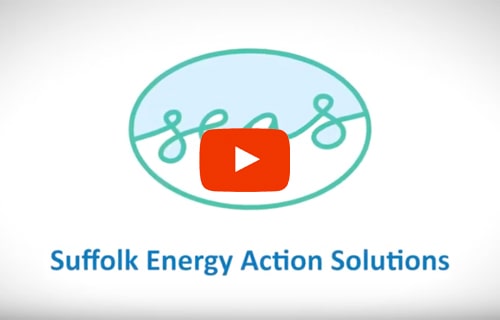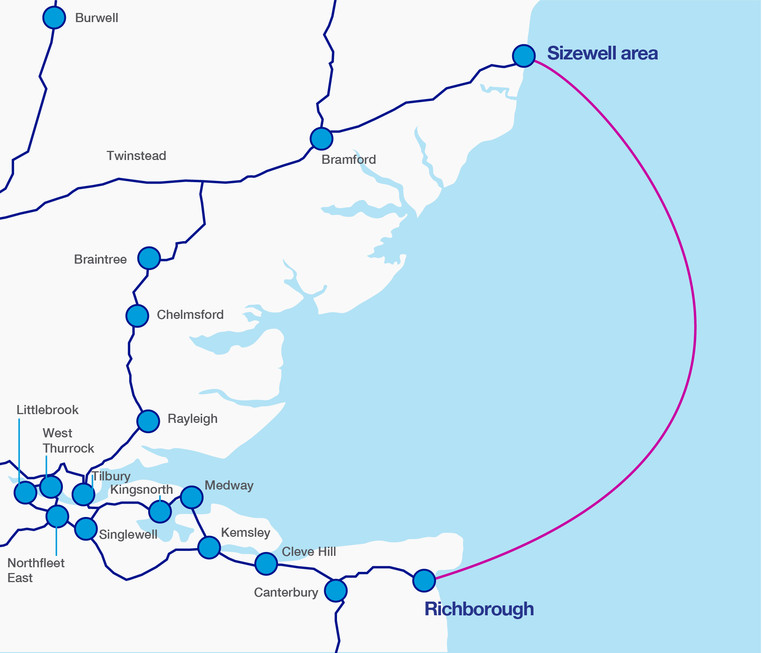
Sealink
Sea Link is a National Grid Electricity Transmission (NGET), High Voltage Direct Current (HVDC) link between Suffolk and Kent, supposedly to improve transmission network resilience. The plans currently involve potential landfall through the North Warren between Aldeburgh and Thorpeness. It is meant to take excess power brought onshore by East Anglia One North (EA1N), East Anglia Two (EA2), Nautilus and LionLink, from Suffolk down to Kent to distribute within the Thames Valley where it will actually be used. However, Sea Link would be redundant if offshore grid principles are used for these various projects, saving c.£1.8bn in the process.
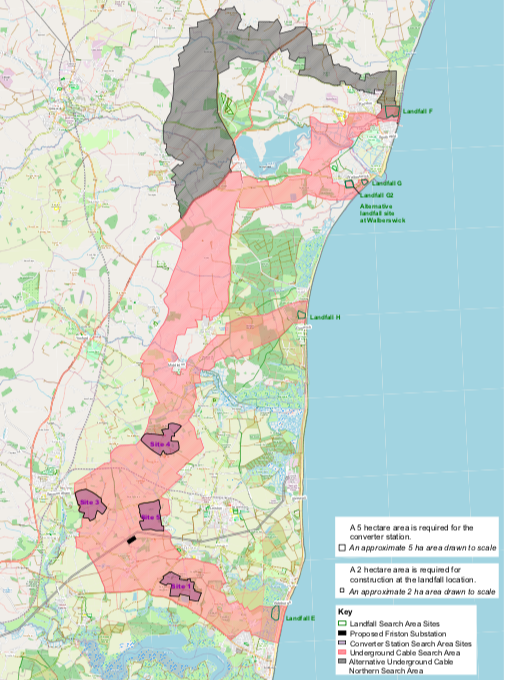
LionLink
LionLink is a proposed High Voltage Direct Current (HVDC) connection between the Netherlands and Suffolk, with the developer National Grid Ventures (NGV) a non-regulated for profit company. It is a Multi-Purpose Interconnector (MPI) that will allow for exchange of energy between the UK and Holland, however whereas at the Dutch end many wind-farms are connected to their Modular Offshore Grid (MOG) to pool the energy offshore, at the UK end there are no wind-farms currently planned to connect to a MOG, so it will have to come ashore at Suffolk Coastal further destroying our Heritage Coast.
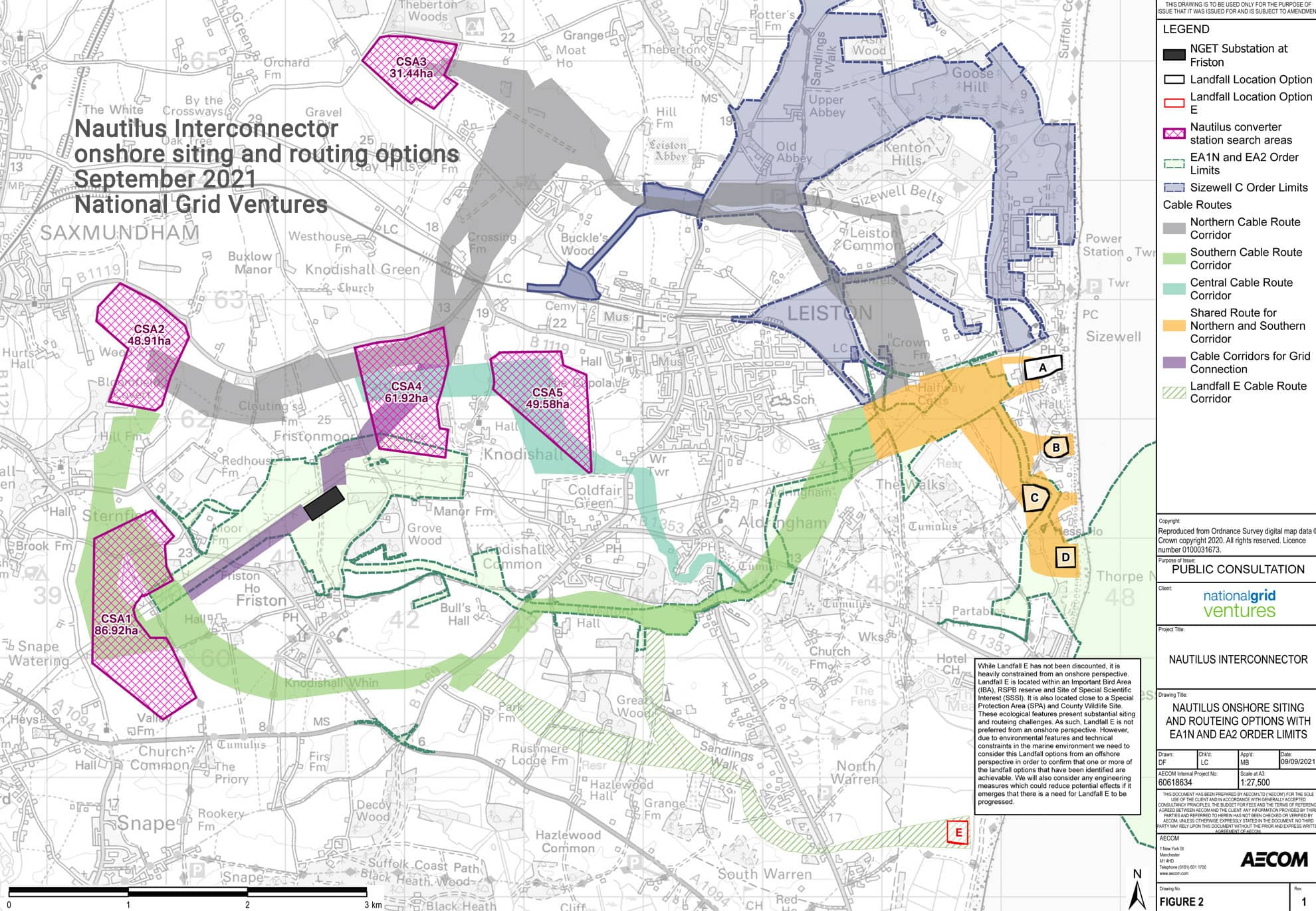
Nautilus Interconnector
The recently published proposals by National Grid Ventures (NGV) concerning Nautilus Interconnector (to connect up to 1.4 GW of offshore wind in the UK to Belgium) combined with the planning applications for ScottishPower Renewables (SPR) East Anglia One North (EA1N) and East Anglia Two (EA2) offshore wind projects reveal the hard evidence that Suffolk Coast and Heaths is in grave danger of mass industrialisation.
Read more
ScottishPower Renewables East Anglia One North and East Anglia Two
The onshore cable routes for both these projects gouge through the fragile cliffs north of Thorpeness and trench 9 km inland to the substation site, the medieval village of Friston. This substation site is currently planned to be 3 TIMES THE SIZE OF WEMBLEY STADIUM and will inevitably grow if approved. Ten communities will be hemmed in by the construction of haul roads, cable routes and substations for up to 15 years and probably more. It is unclear why a coastal area with an important nature-based tourism economy, rich in wildlife, was chosen over a brownfield site more suited to industrialisation.
Read more
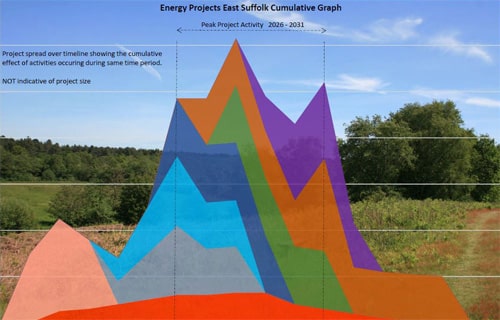
Cumulative Impact
If these two projects are approved then they open the flood gates to an onslaught of future energy projects. There are currently seven offshore wind energy projects and interconnectors that are widely believed to be planned to connect to the Grid at Friston. With the addition of Sizewell C, this will become the largest complex of energy infrastructure in the UK.
Read more
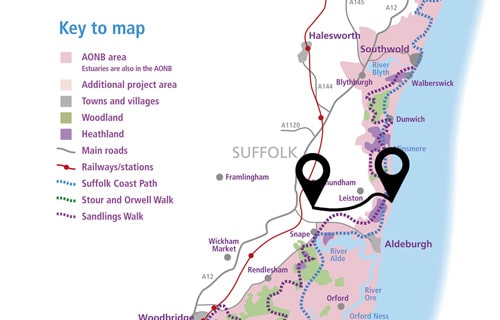
Environmental Impact
The current plans to connect these offshore wind projects to the Grid are excessively destructive, gouging 9 km inland through the Thorpeness Cliffs, Suffolk Coastal Path, the Suffolk Sandlings and an Area of Outstanding Natural Beauty to arrive at the substation site of Friston in the midst of untouched countryside.
Read more
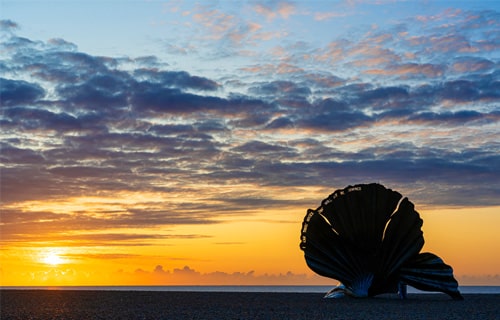
Economic Impact
Offshore wind will undoubtedly bring a positive national and regional economic impact and we welcome the regeneration possibilities for Lowestoft as a centre for the renewables industry. However, evidence suggests that new energy projects on the Suffolk coastline could impact the local tourist economy by up to £40 million per annum.
Read more
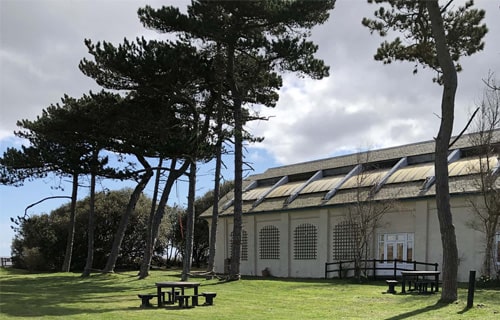
Community Impact
People have chosen to live in the midst of countryside free from the noise, lights and sites of an industrialised landscape. The substation site and cable corridors are no more than 30m from gardens, a Parish Church, a medieval village, a primary school and a care home. The rural character of Friston village will be torn asunder.
Read more
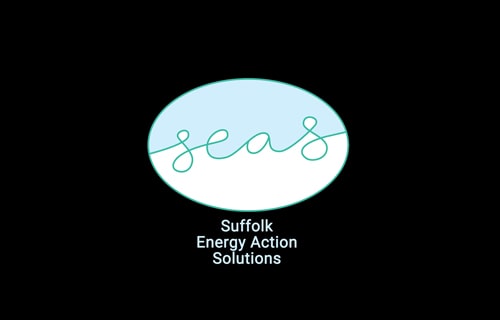
The Way Forward
There are better alternative sites and solutions. SEAS is calling for a ‘split decision’ so that:
1. The offshore turbines are recommended for consent.
2. The onshore infrastructure is rejected in favour of full consideration of better locations for this infrastructure at a brownfield or industrialised site.
Read more
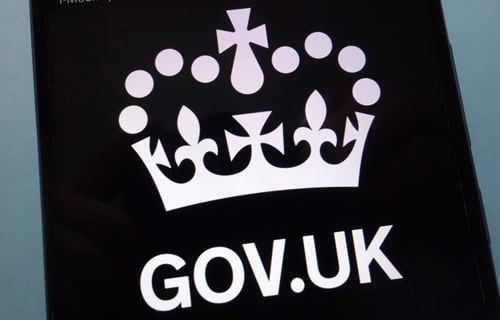
Planning Examinations
The official Examinations of these two wind farm projects by the Planning Inspectorate (PINs) finally drew to a close on 6 July 2021. The findings, conclusions and recommendations arising from the Examinations were sent to the then Secretary of State for Business, Energy and Industrial Strategy (The Rt Hon. Kwasi Kwarteng MP). The Secretary of State set a new deadline for the decision on this application which was 31 March 2022. Read more
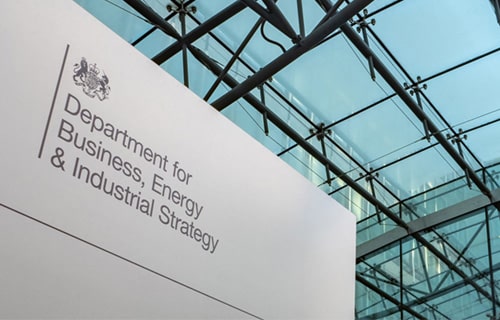
DESNZ Review (OTNR)
A specific objective of the SEAS campaign has been to call for a Review of offshore wind transmission infrastructure. Finally, in July 2020, a Review was called by the then Department of Business Energy and Industrial Strategy (BEIS); the Offshore Transmission Network Review (OTNR).
Read more
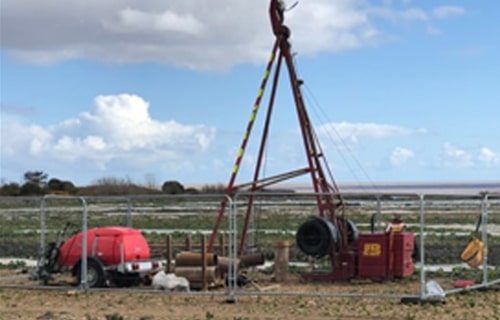
Latest News
ScottishPower Renewables (SPR) are clearly commencing ‘Ground Investigation Works’. The distress caused by this is a tiny foretaste of what is to come if we do not stop these plans.
There is massive concern that this drilling will damage the aquifers that lie under the ground here.
Read more
Campaign With Us
We are asking you to write, to the Secretary of State for the Department of Energy Security and Net Zero (DESNZ), see full details HERE

